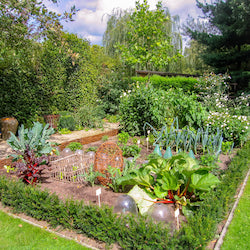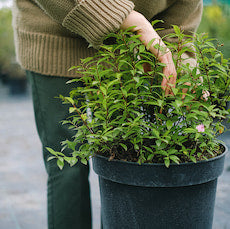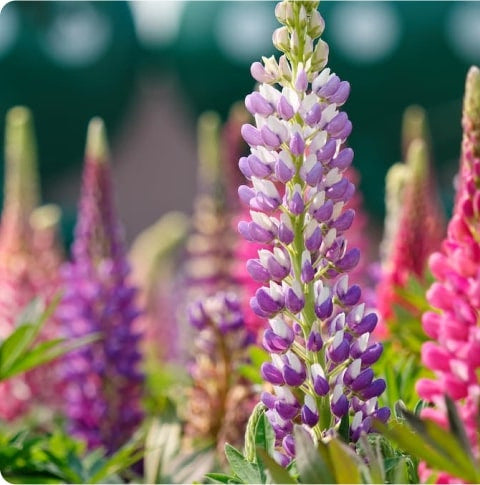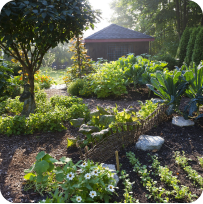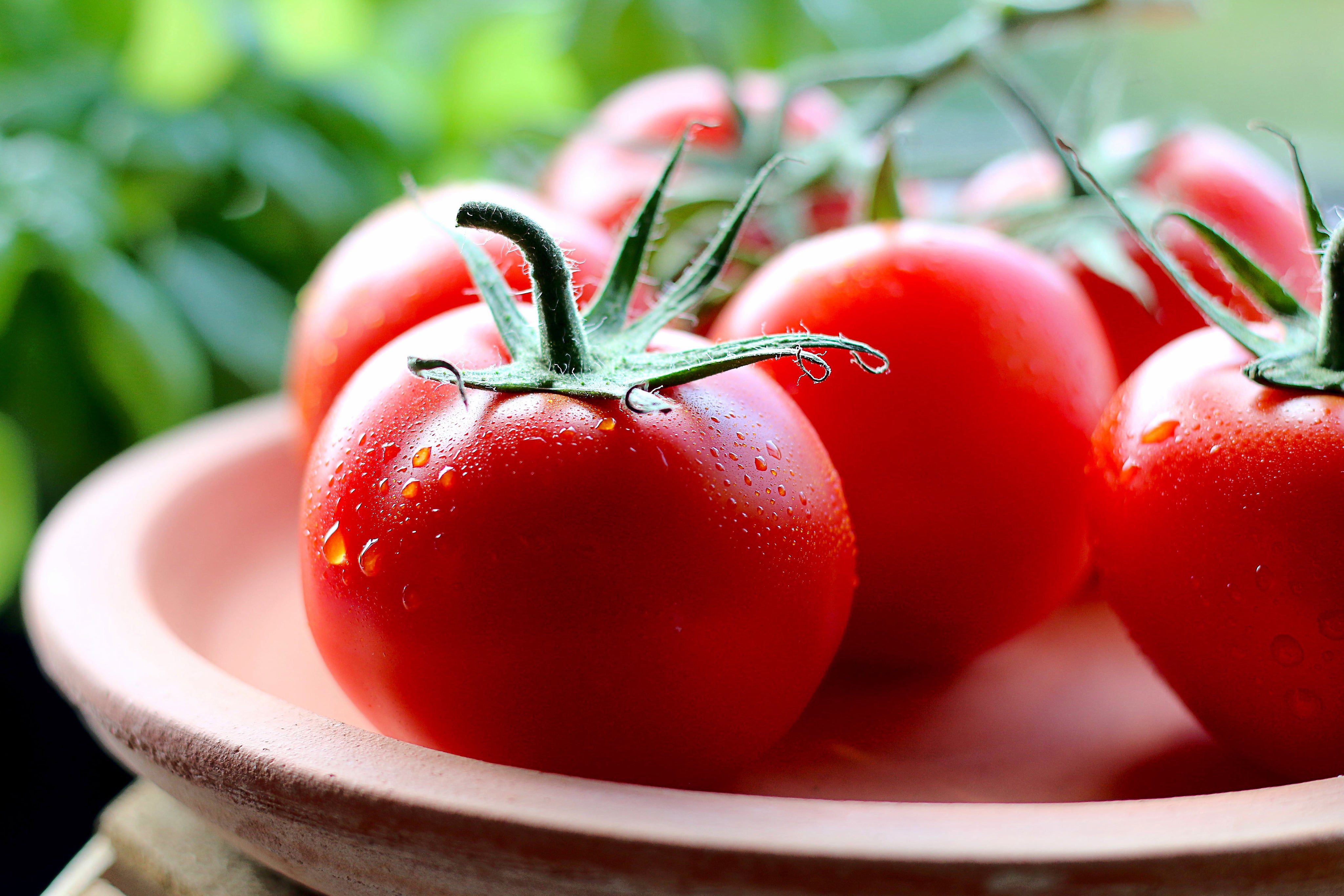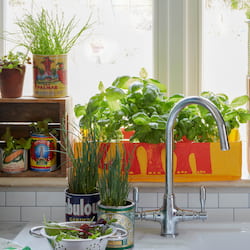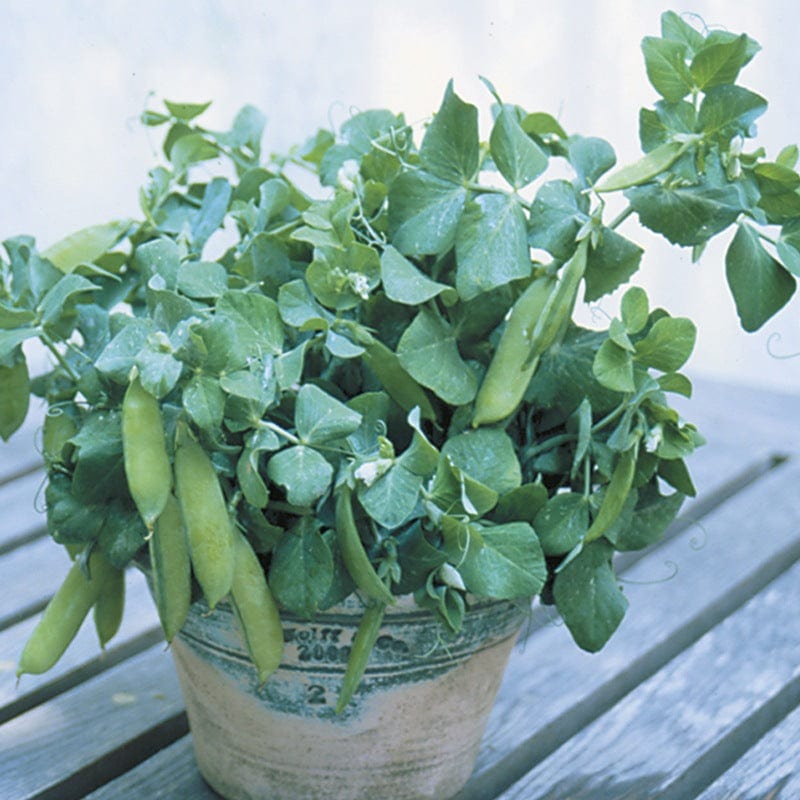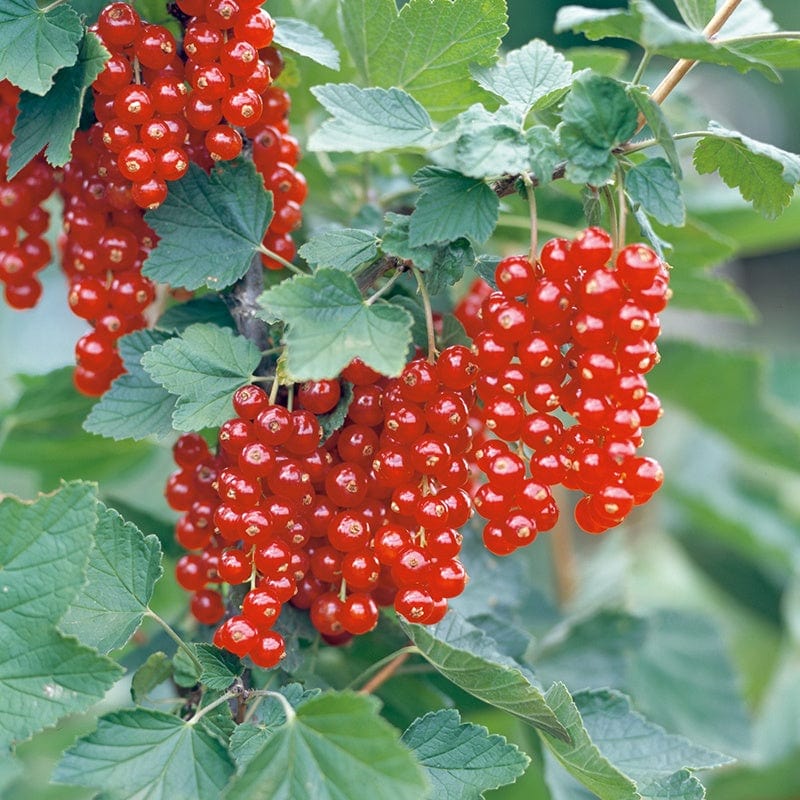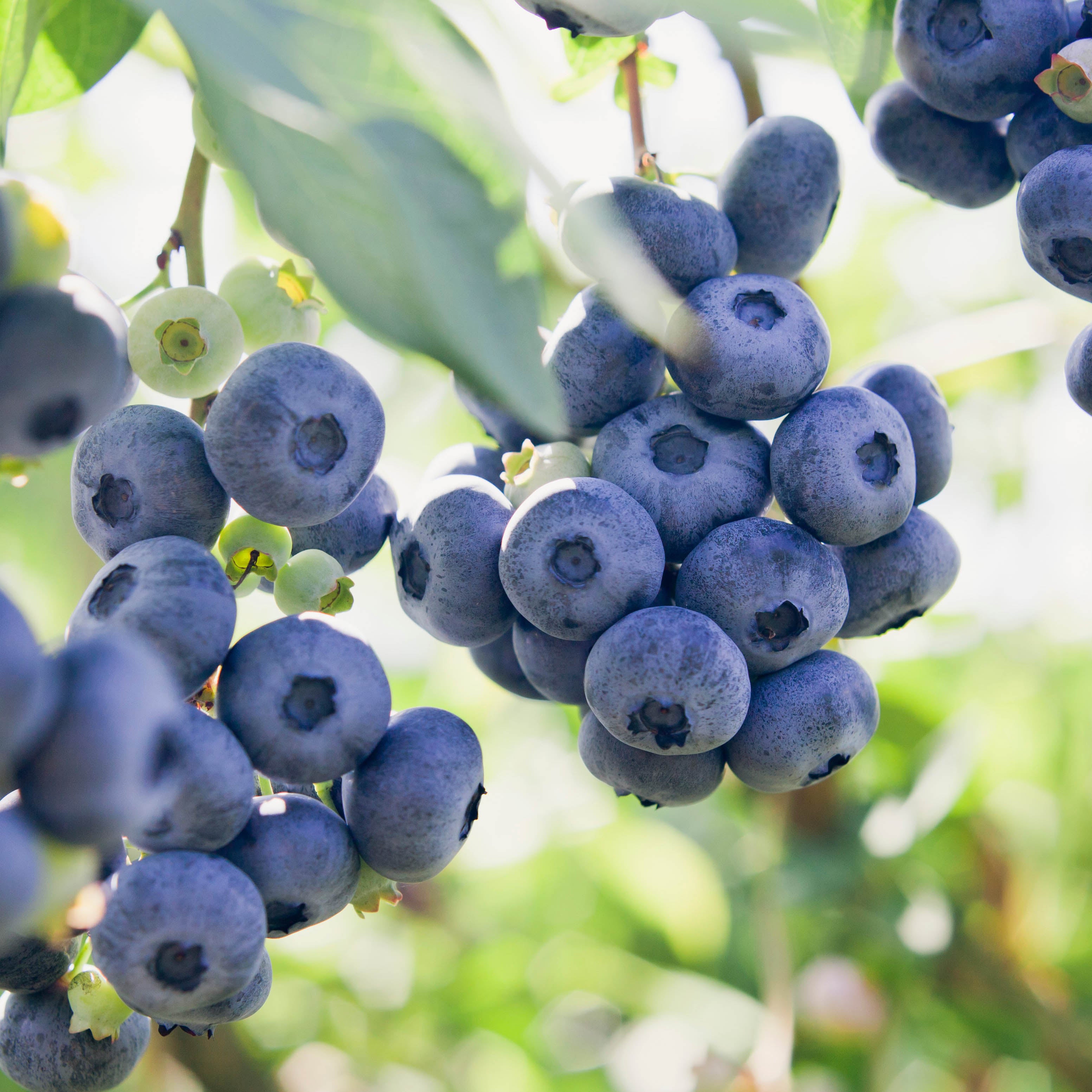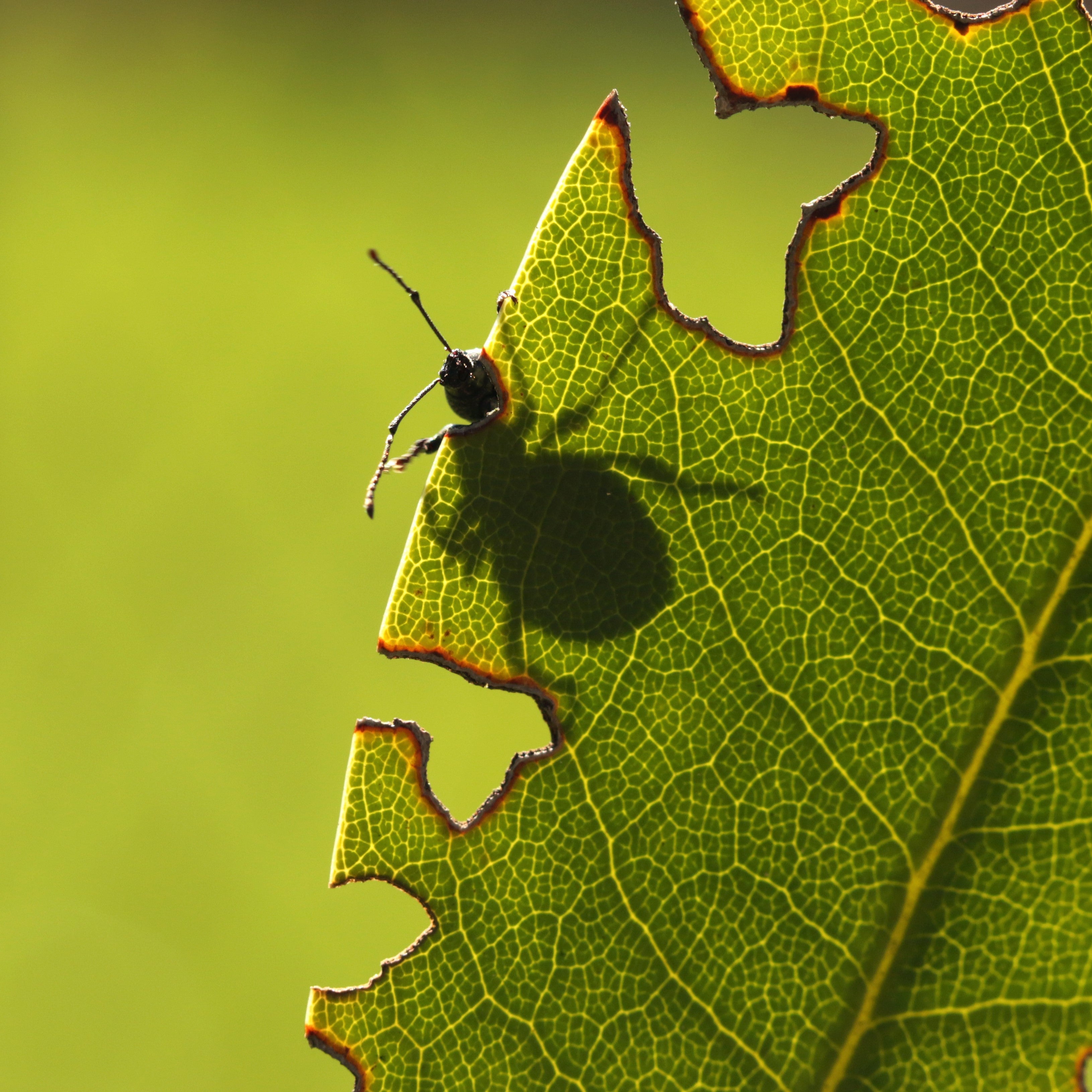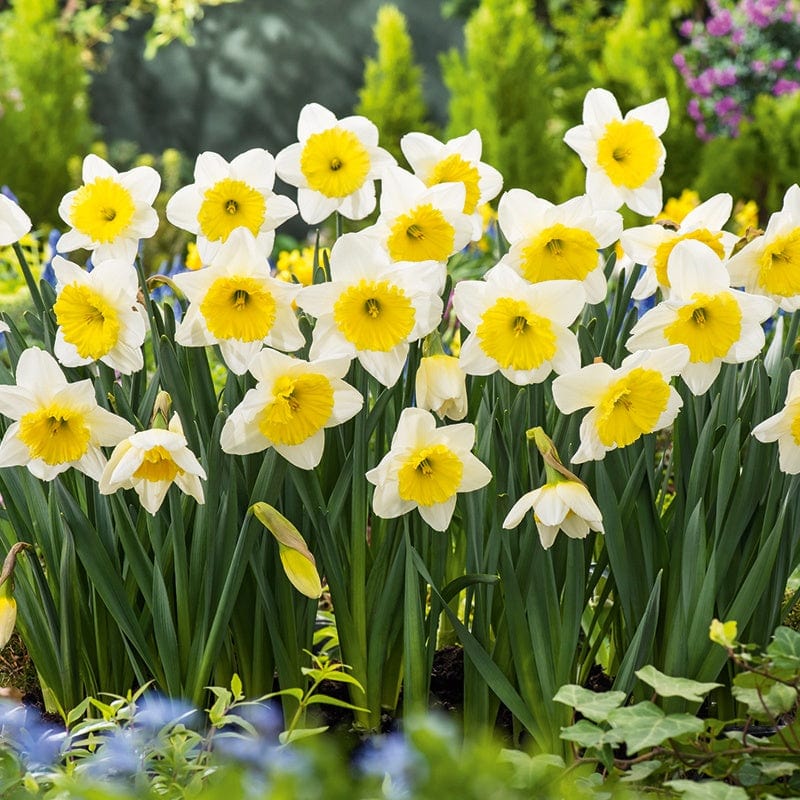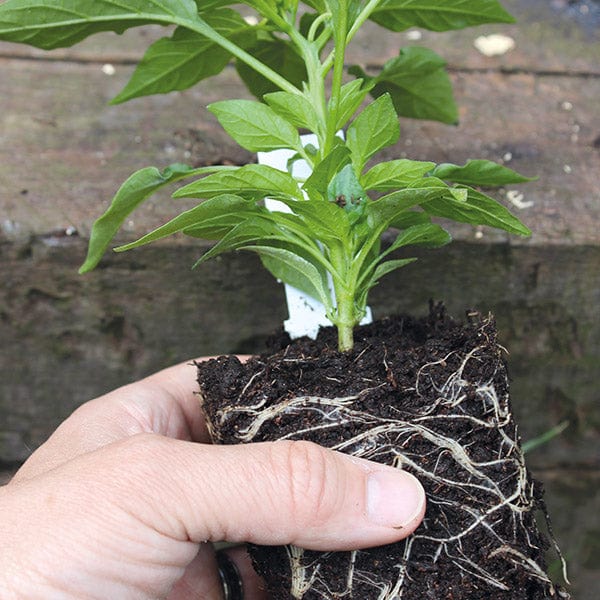Strawberry Runners & Plants
A+ grade plants are grown through the summer months and covered with fleece in the beginning for added protection – only plants with a 15mm+ diameter size fall into this grade. They are characterised by having very well developed root systems and, on average, will go on to produce 3-4 trusses per plant, which in turn will help to generate more flowers and fruit – 400g+ of berries per plant!
The excellent cultivated forms of strawberry we enjoy today are relative newcomers; for centuries our three native European species were gathered from the wild. The most common of these, Fragaria vesca, was the first to be brought into gardens during the Middle Ages, while the alpine strawberry was not brought into cultivation until the 1700s.
How To Grow Strawberries
After unpacking, inspect the roots and, if they look at all dry, stand the plants in a bucket of water for a few minutes to moisten the root system thoroughly. Plant as soon as possible but, if ground is not ready, temporarily ‘heel’ in the plants in a shady spot on a spare patch of ground. Space them out in a line and cover the roots with moist soil. If there’s no ground available in a workable condition, they can be kept for a few days in a cool shed or garage, if the roots are wrapped in damp hessian or newspaper to protect them from drying out. Alternatively, pot them up, place them in a cold frame and plant them out when conditions are more suitable in spring.
Strawberry beds have a limited life and need to be replaced regularly with virus-free stock. As they should each time be replanted on a fresh site where they have not been grown for a number of years, they are best grown as a rotational crop with vegetables rather than being included in a more permanent fruit area. Choose a sheltered area of the garden in full sun and, if possible, avoid known frost pockets.
While strawberries will grow on most soils, they require a well-drained, moisture-retentive soil, rich in humus to thrive, so dig in plenty of well-rotted organic matter, like farmyard manure or garden compost.
Prepare the soil as long before planting as possible and be sure to remove all perennial weeds as you dig as it is almost impossible to remove them from an established bed. Just before planting, rake in a dressing of balanced fertiliser, such as growmore or blood, fish and bone to give the plants a boost this season and, if recently dug, firm the ground thoroughly.
Set plants 37-45cm (15-18in) apart, in rows 82-90cm (33-36in) apart. Plant with a trowel, ensuring the roots are well spread out in each planting hole. It is most important to set the crowns just level with the soil surface. After refilling with moist soil, firm in each plant with your boot.

